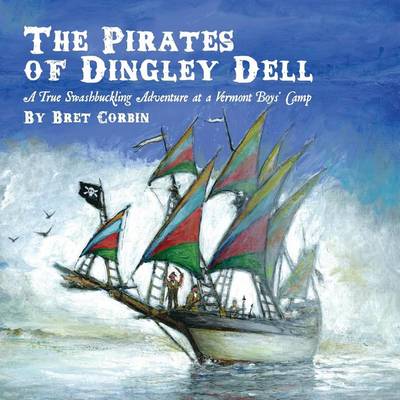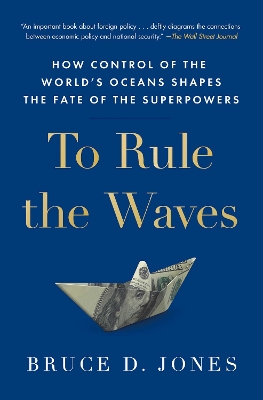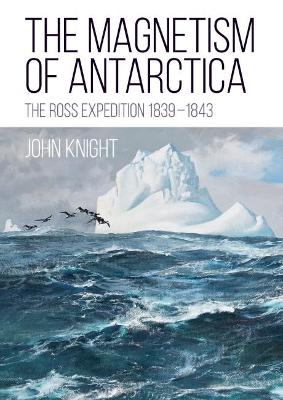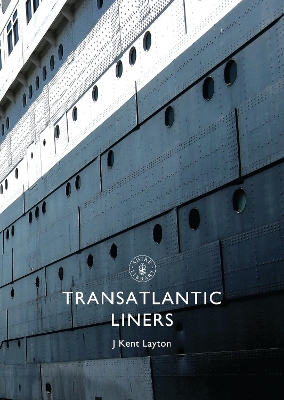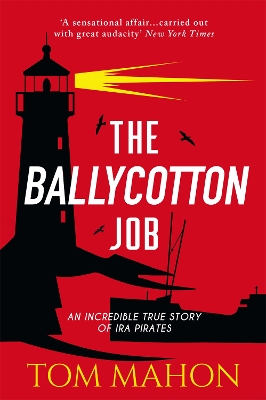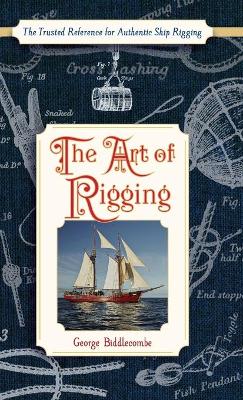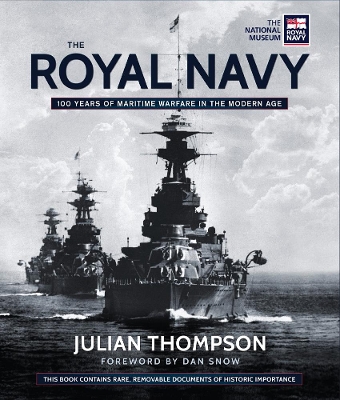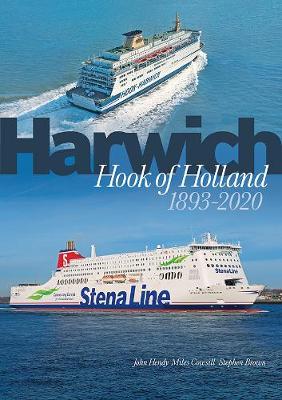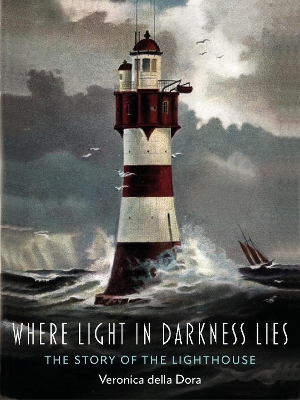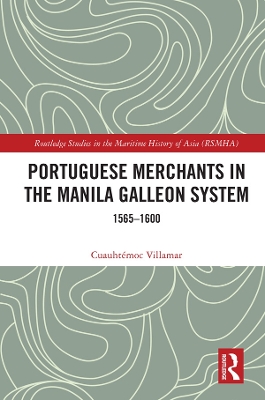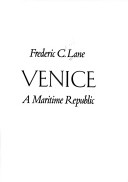Cape St. George Lighthouse and Apalachicola Bay (Images of America) (Images of America (Arcadia Publishing))
by James L Hargrove
The book focuses on the phenomenon of predation during the closing decades of the 18th and the beginning of the 19th century in Indias western littoral. It attempts a material history of piracy, locating its antecedents, its social context, and its ramifications at a crucial time of political transition. Alongside, it revisits the idea of piracy as a category that was largely constituted by regimes of power and regulation in the high seas and in littoral waters. In the case of India and the Indi...
From a brilliant Brookings Institution expert, an “important” (The Wall Street Journal) and “penetrating historical and political study” (Nature) of the critical role that oceans play in the daily struggle for global power, in the bestselling tradition of Robert Kaplan’s The Revenge of Geography. For centuries, oceans were the chessboard on which empires battled for supremacy. But in the nuclear age, air power and missile systems dominated our worries about security, and for the United States,...
This under-documented expedition was a pivotal moment in the annals of polar exploration and was the starting point, in historical terms, of revealing the great unknown continent of Antarctica. It was the first time in nearly 70 years since Captain James Cook had circumnavigated Antarctica, that a Royal Naval voyage of discovery had ventured so far South. They set a new ‘furthest south’ record in the process beating the one set up by James Weddell in a whaling ship in 1823. The expedition set...
Sailing Ships of New England 1606-1907
by George Francis Dow and John Robinson
Gathered from museums and private collections, the hundreds of images here are a reminder of a time when sailing was central to the life and growth of New England. Including paintings and photographs of vessels built, owned, or commanded by New England men, these illustrations will fascinate anyone who imagines harbors filled with tall ships. Some of the pieces reproduced were completed in the ports of Marseilles, Genoa, Leghorn, Trieste, Smyrna, and Hong Kong; also included is the oldest known...
The first full review of the mass murder by crew members on the slave ship Zong and the lasting repercussions of this horrifying event On November 29, 1781, Captain Collingwood of the British ship Zong commanded his crew to throw overboard one-third of his cargo: a shipment of Africans bound for slavery in America. The captain believed his ship was off course, and he feared there was not enough drinking water to last until landfall. This book is the first to examine in detail the deplorable ki...
Since the end of the nineteenth century there has been a stunning succession of transatlantic liners, from the White Star Line's Oceanic of 1899 to the Cunard Line's Queen Mary 2 of 2004. These floating palaces often contained luxurious staterooms, ballrooms and lounges for the rich, and noticeably more modest and basic accommodation for poorer travellers. Their designs and powerplants were often cutting-edge as each competed to be the largest, most luxurious and fastest ship on the Atlantic. As...
A ‘sensational affair.. carried out with great audacity’ - New York Times. An astonishing act of piracy, the capture of the British war ship, the Upnor changed the course of Ireland's Civil War. Flawless in its planning and execution, while Winston Churchill remarked on Irish 'genius for conspiracy', a furious Michael Collins accused the British of deliberately arming his enemies. Indeed, it’s highly likely that the bullet that killed him originated in the Upnor. The Ballycotton Job brings this...
This book examines how the Royal Navy protected our shores and wider interests through the First World War and the one that was to follow, from the northern patrol lifelines of the Atlantic, Arctic and Mediterranean convoys and increasingly sophisticated amphibious operations that would mark it out in the Second. The book ends with chapters on The Falklands War and Royal Navy's anti-piracy role and involvement in humanitarian crises. This visually stunning volume is complemented by 15 loose fa...
Harwich - Hook of Holland 1893-2020
by John Hendy, Miles Cowsill, and Stephen Brown
The Dutch Navy of the Seventeenth and Eighteenth Centuries (Research in Maritime History, #45)
Suspended between sea and sky, battered by the waves and the wind, lighthouses mark the battlelines between the elements. They guard the boundaries between the solid human world and the primordial chaos of the waters; between stability and instability; between the known and the unknown. As such, they have a strange, universal appeal that few other manmade structures possess. Engineered to draw the gaze of sailors, lighthouses have likewise long attracted the attention of soldiers and saints, art...
Portuguese Merchants in the Manila Galleon System (Routledge Studies in the Maritime History of Asia)
by Cuauhtemoc Villamar
Villamar examines the role of Portuguese merchants in the formation of the Manila Galleon as a system of trade founded at the end of the sixteenth century. The rise of Manila as a crucial transshipment port was not a spontaneous incident. Instead, it came about through a complex combination of circumstances and interconnections that nurtured the establishment of the Manila Galleon system, a trading mechanism that lasted two and half centuries from 1565 until 1815. Villamar analyses the establi...
Wem Gehört Das Meer? (Studien Zur Internationalen Geschichte, #52)
by Johanna Sackel
"Frederic Lane has achieved what is the often unfulfilled dream of every historian who has devoted his entire work to the exploration of partial aspects of a single broad subject: he has given us a comprehensive, thoughtful, readable, beautifully illustrated general history of Venice from the origins to the beginning of decline." -- Speculum
When did globalization begin? Most observers have settled on 1492, the year Columbus discovered America. But as celebrated Yale professor Valerie Hansen shows, it was the year 1000, when for the first time new trade routes linked the entire globe, so an object could in theory circumnavigate the world. This was the 'big bang' of globalization, which ushered in a new era of exploration and trade, and which paved the way for Europeans to dominate after Columbus reached America.Drawing on a wide ran...
Wreck of the Whale Ship Essex: The Complete Illustrated Edition
by Owen Chase
